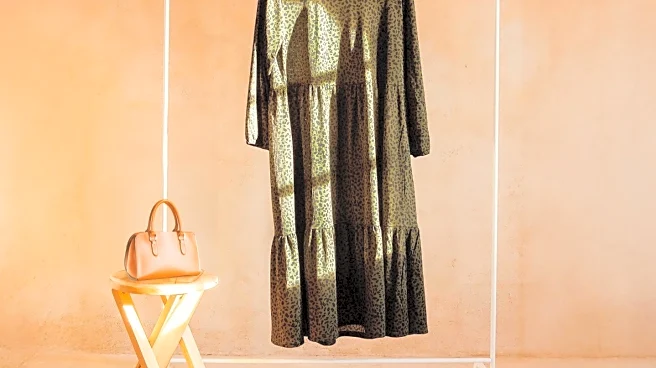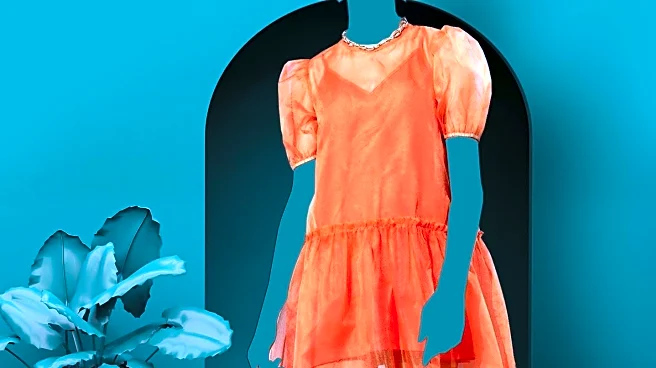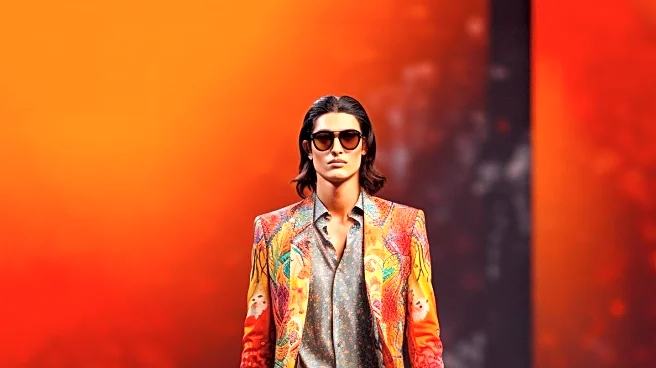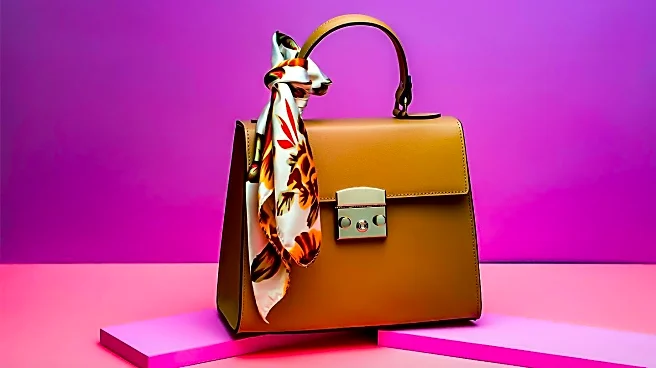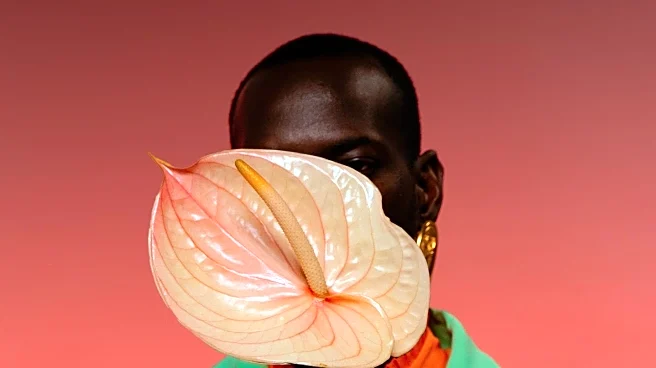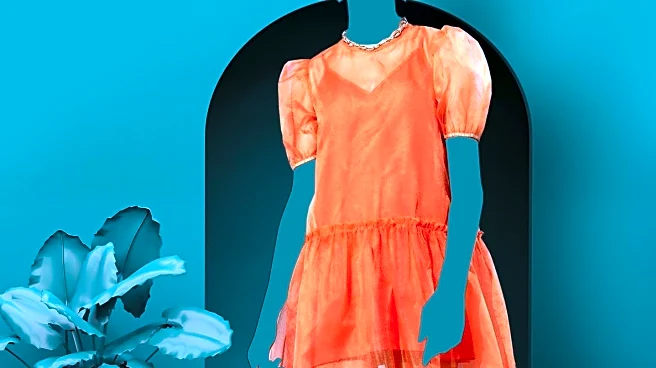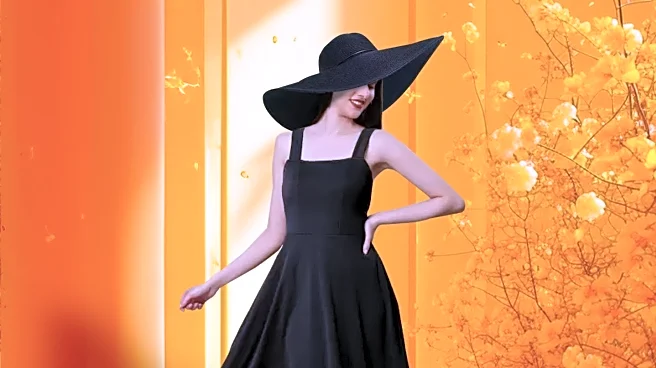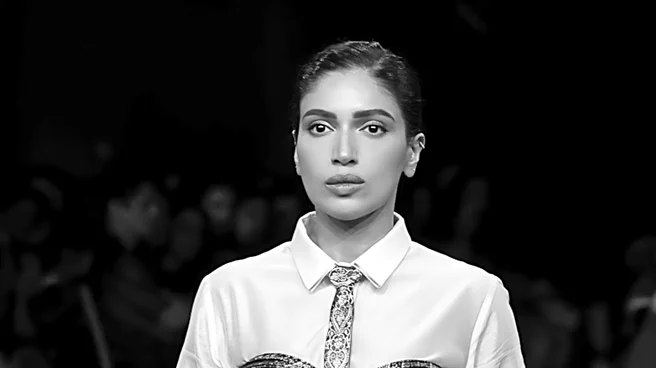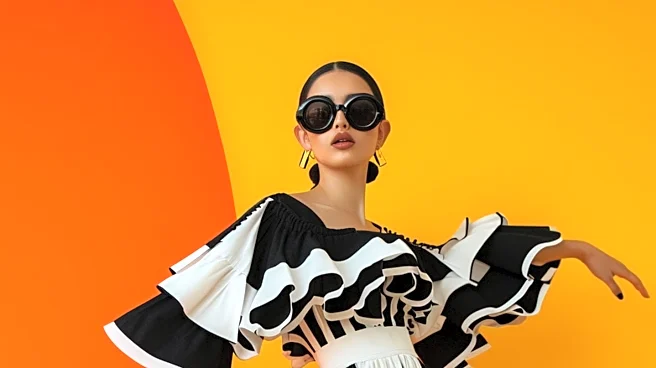What is the story about?
What's Happening?
Lauren Manoogian's Spring 2026 Ready-to-Wear collection draws inspiration from nature and traditional handcraft techniques. The collection features unique patterns and textures, including splatter-painted cottons and bark-like designs created with chaos stitches. Manoogian and Chris Fireoved, who live between New York City and Peru, incorporate age-old hand techniques and geometric patterns into their designs, creating a sense of continuity with the past. The collection explores themes of order and irregularity, with strong-shouldered V-silhouettes and asymmetrical knit dresses. The designers aim to embrace the imperfections inherent in handmade garments.
Why It's Important?
The collection highlights the growing trend of sustainability and craftsmanship in the fashion industry. By focusing on handmade techniques and natural inspirations, Lauren Manoogian is contributing to a shift towards more environmentally conscious and ethically produced fashion. This approach not only appeals to consumers seeking unique and meaningful clothing but also supports artisans and traditional crafts. The emphasis on nature and imperfection challenges the fast fashion model, promoting slower, more thoughtful consumption patterns.
What's Next?
As the fashion industry continues to evolve, designers like Lauren Manoogian may influence broader trends towards sustainability and craftsmanship. The collection's reception could encourage other designers to explore similar themes, potentially leading to increased demand for handmade and eco-friendly fashion. Industry stakeholders, including retailers and consumers, may need to adapt to these changing preferences, prioritizing quality and ethical production over mass-market appeal.
Beyond the Headlines
The collection's focus on nature and handcrafted designs raises questions about the future of fashion in a world increasingly concerned with environmental impact. It challenges the industry to reconsider its reliance on synthetic materials and mass production, advocating for a return to traditional techniques and natural inspirations. This shift could have long-term implications for fashion education, production methods, and consumer behavior.
AI Generated Content
Do you find this article useful?
